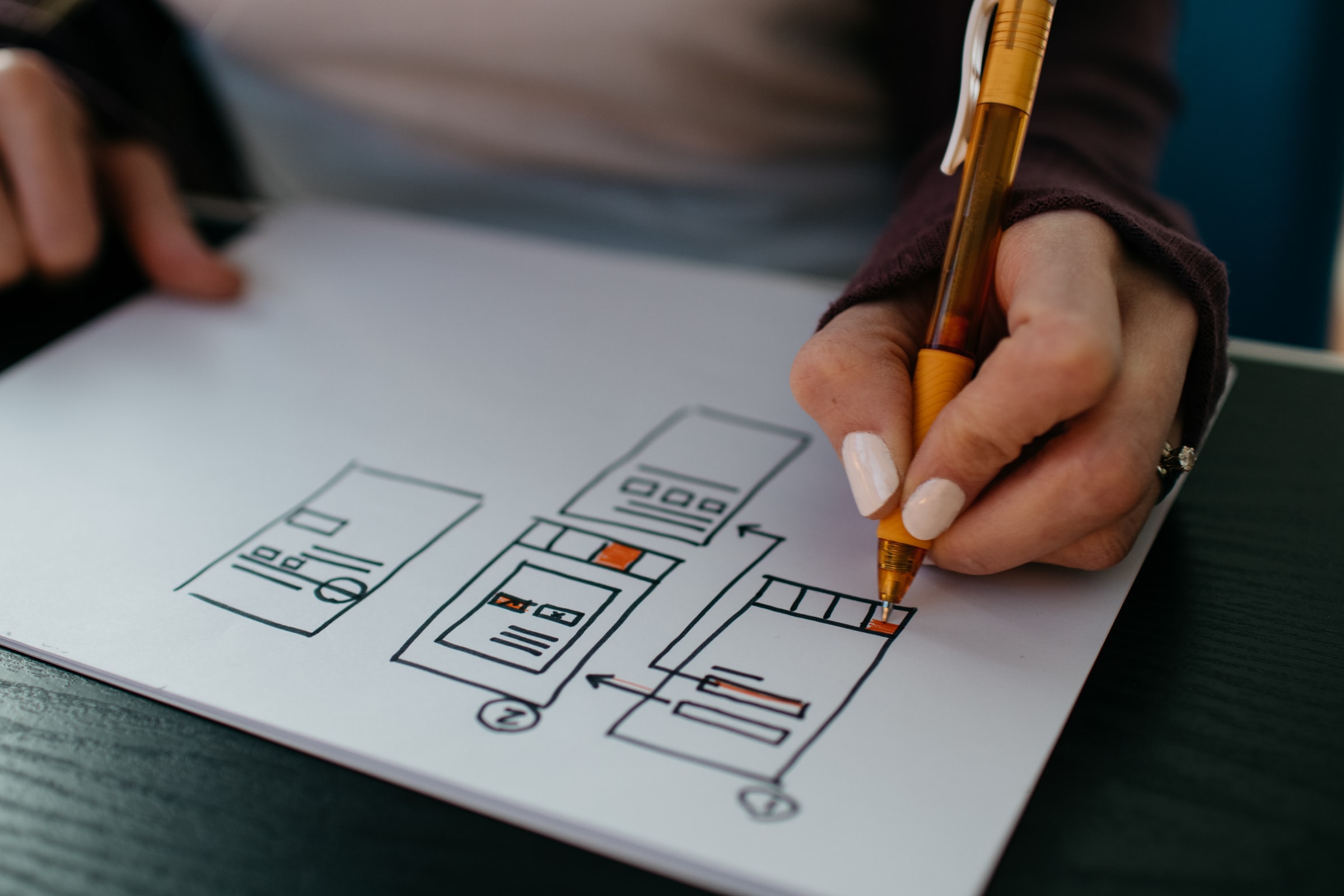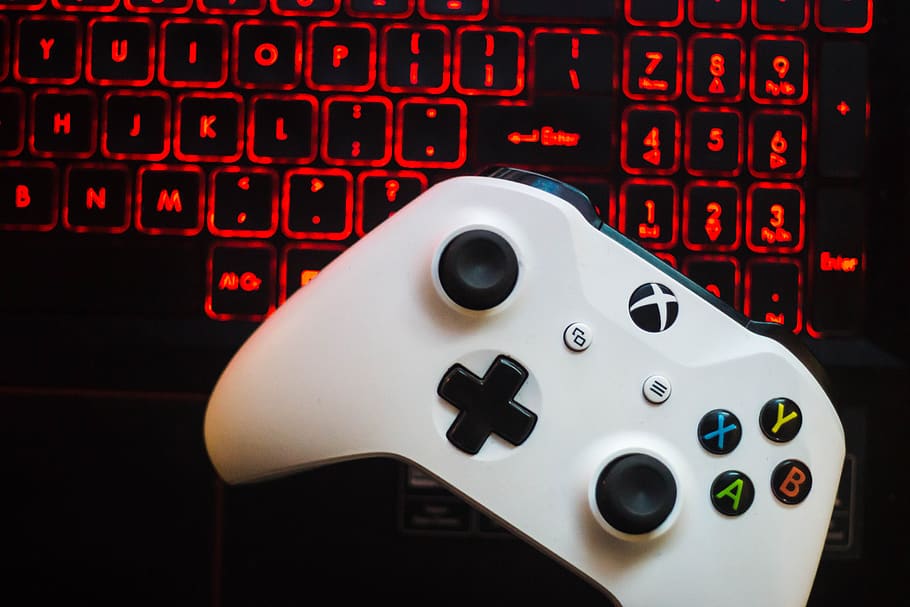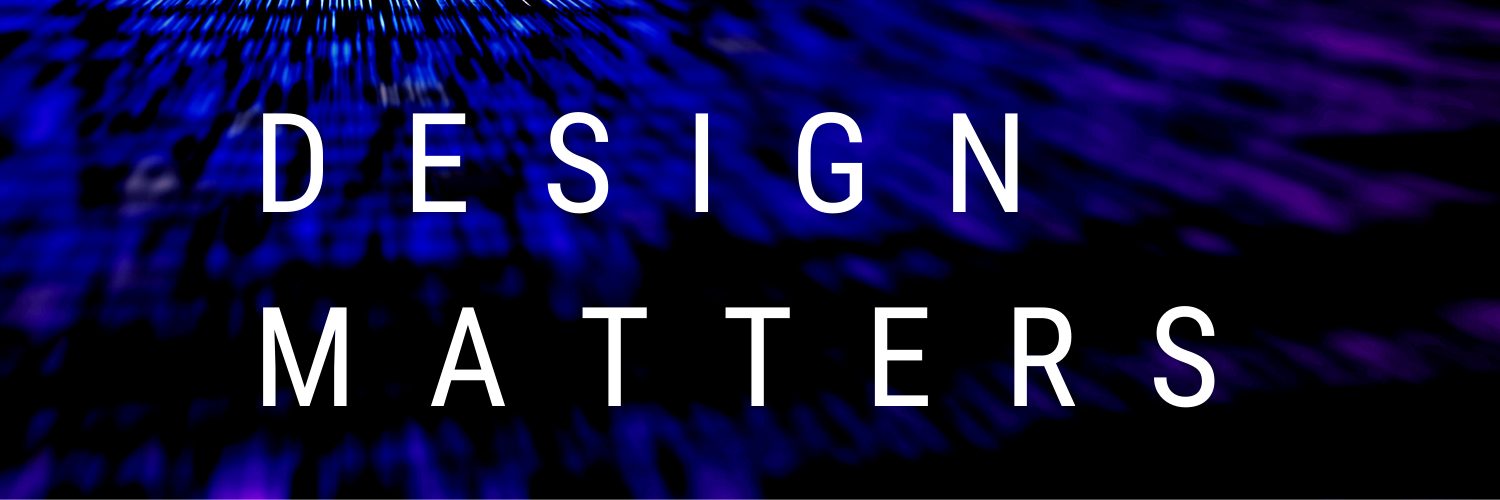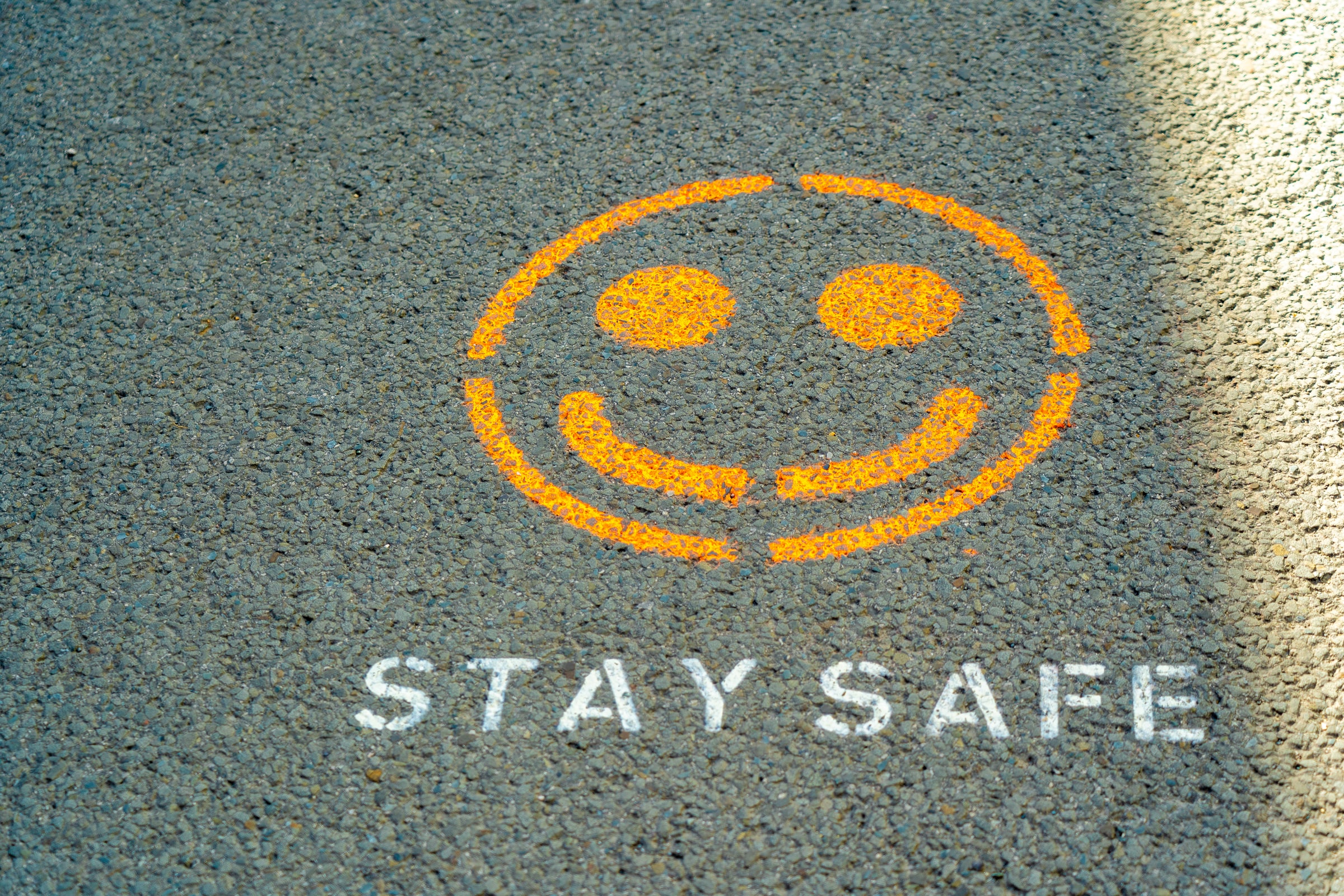Hello, we are from the ArtSciLab’s Esports Player Development (EPD) team! We understand that while gaming culture has acquired a stigma of sorts over time, it has also served as a healthy escape and a source of interaction in dire times such as the COVID-19 pandemic. Two of our members, Semra Zamurad (Research Fellow) and Lauren Bernal (Project Manager), who both had a B.S. in Psychology, have written this blog as examples of how COVID-19 has impacted their lives and how gaming allowed them to restore mental health and their social relationships.
Semra is a co-design and research assistant on the EPD team that graduated from Texas Woman’s University in May of 2019. An avid gamer herself, she spends much of her free time playing JRPGs (Japanese Role-Playing Games) and watching streams. Her relationship with gaming started when she was young, and while it has changed plenty over time, she admits that nothing quite prepared her for the way it would be impacted by COVID-19 and how that would help her relationships continue to flourish in spite of the pandemic.
Gaming has always been a part of
my life, serving as the happy medium between TV shows I wish I could play a
part in and books that were thrilling but not as engaging. Such games gave me
the chance to play an active role in stories that were meant to help my
character realize their true potential, something I struggled to do in my real
life, especially while growing up. Eventually though, I did grow up and out of
that mentality, and as a result, games became less of an escape from my reality
and more of a fun pastime whenever I was not busy. I still quite enjoyed the
plot twists and gameplay, but I was no longer dependent on it to build my
confidence in real life, something I do believe was a positive development. I
had grown to combat negative emotions by going to my favorite boba cafe or
rendezvousing with friends at the mall. However, with the drastic shift in
lifestyle caused by stay-at-home orders and safety precautions brought on by
the onset of COVID-19, I suddenly found my hands tied, and for the first time
in a while, I had too much time and not enough to do. In an attempt to fill my
days with more than napping and despairing about the situation, I once again
found solace in gaming.
It is important that I mention,
though, that gaming felt very different now. As I live at home with my parents,
I was so used to complaints from my family about how much time I spent playing
and how that time could be better spent on other activities. However, as of
late, the home has been fairly quiet; even more surprising is how often
different members of the family will come into the room I am playing in to ask
about how it is going and what the story is, conversations that have seldom
taken place before because there was little interest for gaming on my family’s
part outside of myself. It is certainly a welcome reaction, but shocking
nonetheless.
And it is not just their views on
gaming that have seemed to change; I have noticed it in myself and my friends
as well. I am frequently engaging with friends via discord, often joining in
general calls to converse at various times in the day. Many of my friends are
from all over the world, but we share common interests such as gaming; the
divide comes in the form of the types of games we prefer to play. Interestingly
enough, in an effort to move the conversation away from the constant gloom
brought on by the state of the world, game suggestions, invitations, and
streams have become a daily occurrence. Many of us have become much more
open-minded about the series and the types of games we normally play in an
effort to connect with each other more; as new releases continue to happen on
time, more and more of us have started playing the same games, which often come
with online connection features that allow us to play with each other in real
time. Fire Emblem: Three Houses, Persona 5, and Animal Crossing have become
household names, and we continue to play outside of discord calls via iMessage
games, effectively closing the mental and emotional distance between us. And
still, we endeavor to find new games to play, bringing new things to talk
about, new characters and stories to share, more advice to exchange, and
discussions about strategies to implement.
The feeling of being active in a
virtual world with different circumstances is contagious and has lifted our
spirits immensely, and I believe it has a lot to do with embodied cognition. In
many of these games, we each play a character that is given choices on how to respond
to the world around them, and we are encouraged to respond in the way we would
if we found ourselves in the same situation. Seeing those choices bring about
change and ultimately progress the story rewards the players themselves by
giving them a sense of hope. Each plot presents obstacles that often seem
insurmountable at the beginning, but little by little, the player earns
experience, builds rapport with other characters, and takes on challenge after
challenge to ultimately succeed against all odds, and although it is the
character in the game that is executing each action, it is the player who
thoughtfully plans out each move and sees the fruits of their efforts.
Most games, if not all, are designed to give one a sense of hope and accomplishment, something that is missing from many of our lives currently as we guess and check new ways of surviving all that COVID-19 has thrown at us. With successful attempts to ride out this pandemic being far and few in between, it makes sense that many feel hopeless and trapped. But so did our characters at the beginning of each game; they too had to seek support from others, just as we rely on each other now; they too faced a long and arduous journey that tested their resolve, just as ours is being tested day by day; and they still succeeded, just as we will. If we can survive what these games put us through, we can get through this as well.
Lauren is the Project Manager for EPD. She received her B.S. in Psychology May of 2019 from UT Dallas’ Behavioral & Brain Sciences school. Her background in research is diversified from Music Perception in Cognition to Couples’ Daily Lives. She joined UTD’s ArtSciLab January 2019 and has launched this project since March of 2019. With the help of her EPD team, she has been able to lead its emergence. The EPD team worked together to publish an Annotated Bibliography: The Emergence of Esports (PDF available for download) and the 2nd Edition to be published June 12th, a recorded an interview with the ArtSciLab’s podcast Creative Disturbance: Bold Roast, launched its website www.esports-epd.com, and submitting grant proposals with UTD’s Center for BrainHealth, Center for Vital Longevity, Mavs Gaming, and Complexity Gaming. Though she mostly handles managerial tasks for the project, she recognizes the increased acceptance of gaming in times of the pandemic and the affects it has made on her team.
Personally, I have felt
lethargic, apathetic, and depressed over the past few weeks. It (COVID-19) has
affected my regular work schedule by making my hours less consistent than
usual. On the other hand, it has helped me to see how important EPD is. Our
pitch: “How do we reform the 21st century sport in a way that does
not harm the players mentally or physically?” really holds during this time of
crisis. Some differences I have noticed it has made for my team and being a
Project Manager: 1) We have been able to stay well connected on professional
and personal levels, and 2) As a PM in the UTD ArtSciLab, it has strengthened
my trust in the members for my team to deliver and take initiative on their ideas.
I have been thoroughly impressed by their commitment to affirm our goals with
EPD.
In a sociocultural perspective, I
have seen gaming bring people closer together. With confinement, virtual
realities are all the more enticing. Members on the EPD team (Semra, Peter,
Kristen, and Cris) have each reacted differently to the pandemic with what they
can produce within EPD and online. For instance, Kristen has started streaming
her gameplays on Twitch.tv, Cris has created our EPD website, www.esports-pd.com, and Semra and Peter have been
more engaged with esports communities than before by communicating with friends
through Discord servers and following streams.
The community in general has
shown impressive acts for adaptation. One example of this is a professor
used Animal Crossing: New Horizons to create a simulation of his classroom (post shared from Instagram, but
message from professor was communicated through Discord). The students were
offered the opportunity to journey with their avatar to the professor’s land,
sit in the classroom, while they took a real-life exam. Another example of how
people are exercising their creative abilities is using Minecraft for virtual
dates! Love is in the air, even when we have to wear face masks, so why not
indulge in a novel way to meet someone?
Times are hard right now, but we
will persevere – one simulation at a time.










